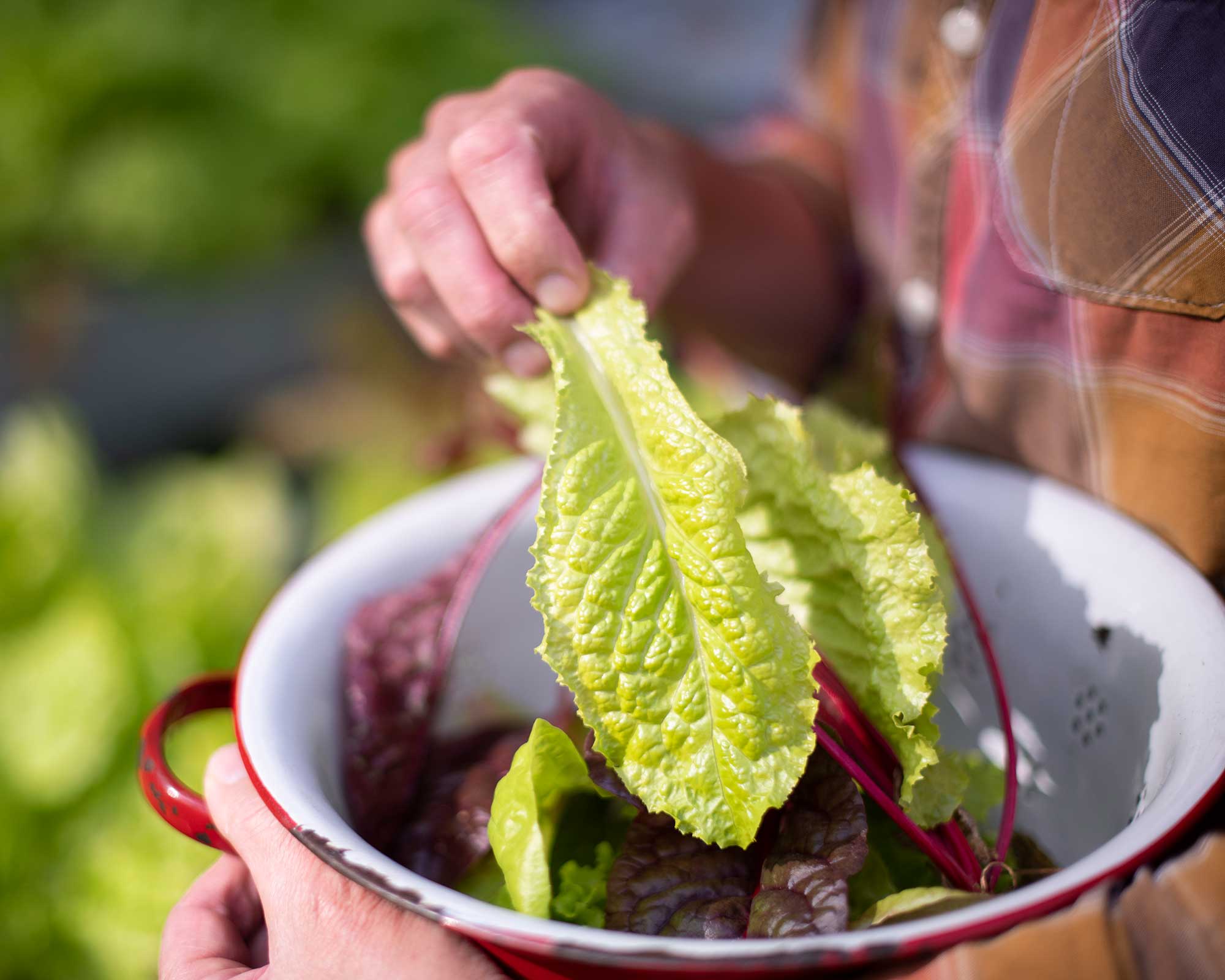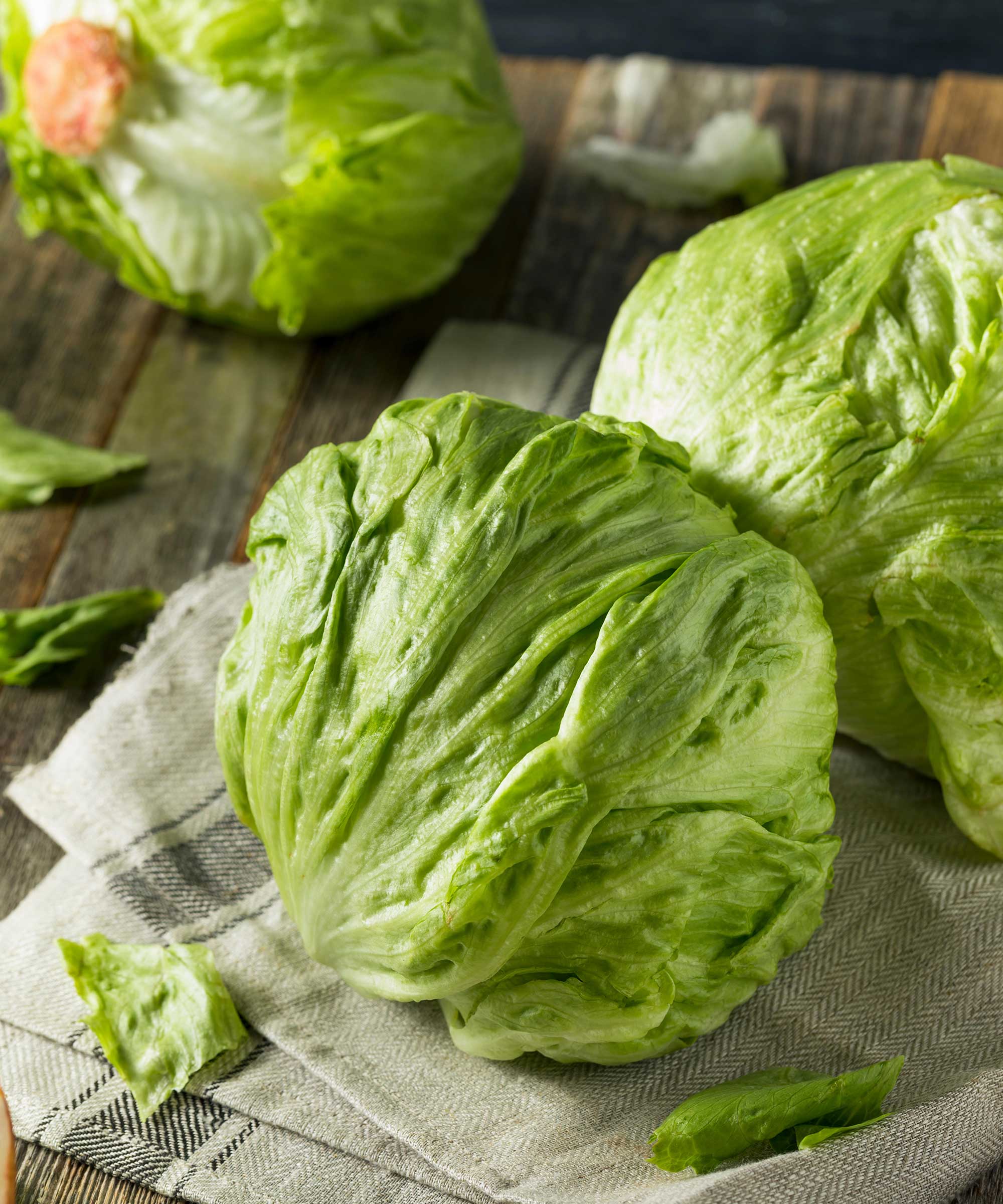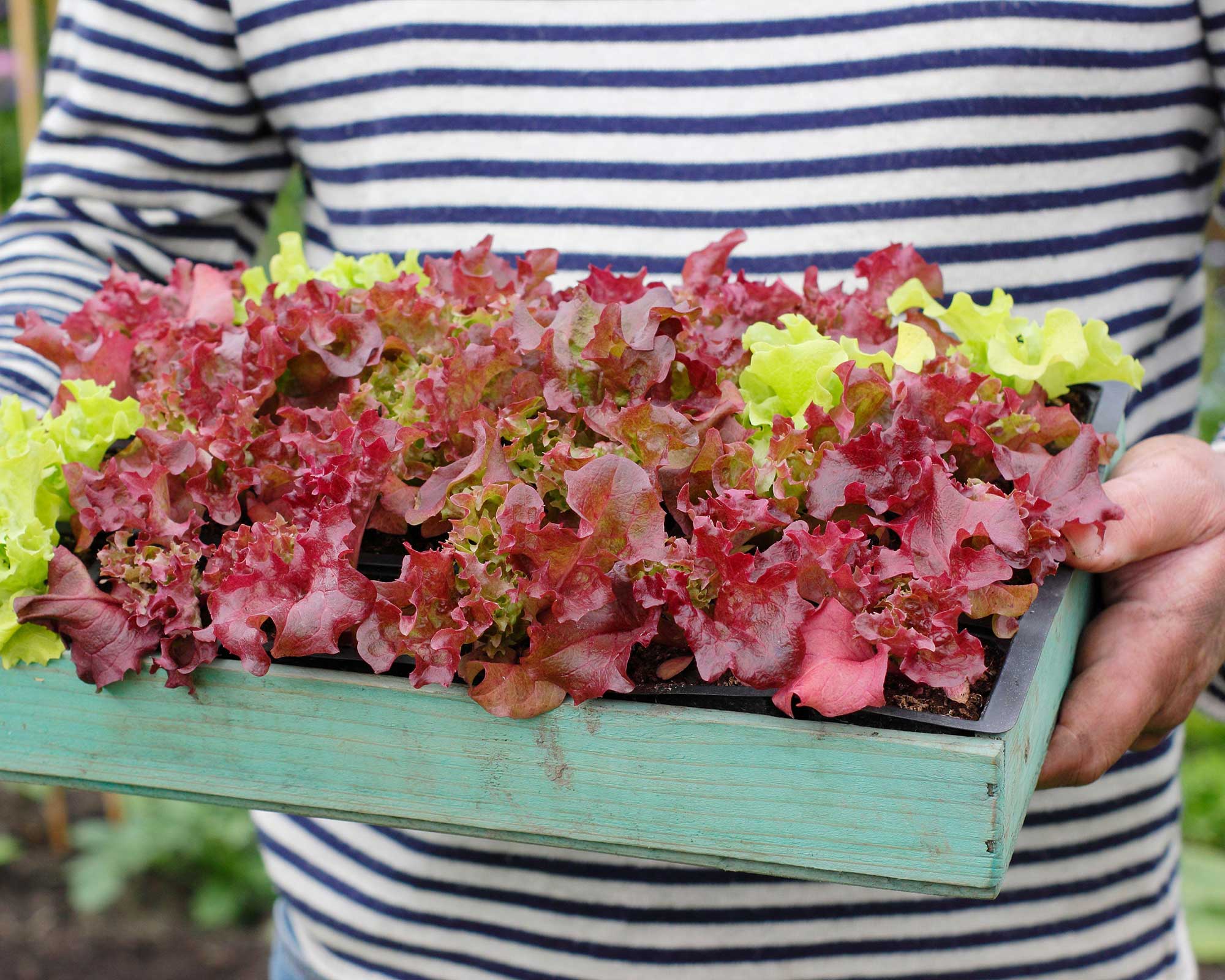How to harvest lettuce so it keeps growing: top tips for more salad leaves
Our advice on how to harvest lettuce so it keeps growing will help you enjoy freshly picked salad leaves for weeks on end


Learning how to harvest lettuce so it keeps growing means you can enjoy freshly picked produce in your salads for longer throughout the year. And everyone knows that homegrown veggies taste so much better than shop-bought, so it's well worth doing.
Lettuce is a great contender for raised garden beds, or even for growing in pots on a patio or balcony. It's simple to sow and grows quickly – leaf varieties can be harvested in as little as a few weeks, for instance.
Sowing more seeds successionally over the months will ensure you have a continuous batch (being an annual, each plant will eventually go to seed, otherwise known as bolting). But, by harvesting each lettuce in a certain way, you can get the very most out of them while they're in their prime. We explain how to do it.

How to harvest lettuce so it keeps growing in 4 easy steps
You can treat lettuces as cut-and-come-again crops by harvesting just a few of the outer leaves at a time. It's easy – just follow these steps:
- Harvesting lettuce is best done in the morning which is when the leaves will be most crisp and tasty.
- Take a pair of scissors or your best secateurs, ensuring they are sharp and clean to avoid damaging the plant or spreading diseases.
- Remove the outer, mature leaves of each plant by cutting them roughly 1in above the base. Be sure to leave the smaller leaves in the center of each lettuce intact.
- Keep watering your lettuce plants regularly to help them grow new leaves quickly.
Varieties that form tight, dense heads – known as crisphead or iceberg lettuces – are trickier to harvest in this way. They also take longer to form, so are best treated as a single-harvest crop.
However, if you leave around 1in of growth above the soil when you cut the whole thing off in one go (again, using clean secateurs or scissors), and remember to water it well, a new lettuce should form in a couple of month's time. It is likely to be smaller than the original, though.

How many times will lettuce grow back?
By using the cut-and-come-again method of cutting just a few leaves at a time, you should be able to keep harvesting one lettuce for a good few weeks.
After that, they will generally go to seed, and the leaves will start to taste bitter, which is why it's important to keep sowing new batches if you want crops all year round. Opting for bolt-resistant varieties will lessen the risk of this happening prematurely.

What are the best types of lettuce to use as cut-and-come-again crops?
'Loose-leaf lettuces and salad-leaf mixes produce less dense growth,' says the RHS – 'ideal for picking individual leaves and for growing in small spaces and containers.' Try 'Valmaine', or 'Lollo Rosso' which has distinctive red leaves that look lovely in the kitchen garden.
Don't forget that there are plenty of seasonal varieties of lettuce. And growing lettuce in winter, as well as in summer, means you can have an ongoing harvest for most of the year, if you keep sowing them regularly and pick the leaves using the techniques above.
An unheated greenhouse is perfect for growing lettuces and other leafy greens over the colder months. John Negus, a gardening expert from Amateur Gardening, suggests growing the hardy variety 'Salad Bowl', as well as rocket, mizuna, lamb's lettuce, and spinach – all of which can be harvested in the cut-and-come-again way.


The garden was always a big part of Holly's life growing up, as was the surrounding New Forest where she lived. Her appreciation for the great outdoors has only grown since then. She's been an allotment keeper, a professional gardener, and a botanical illustrator – plants are her passion.
